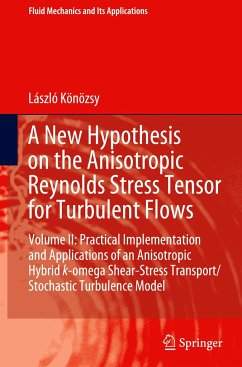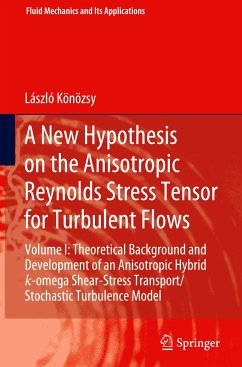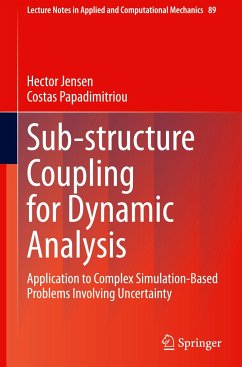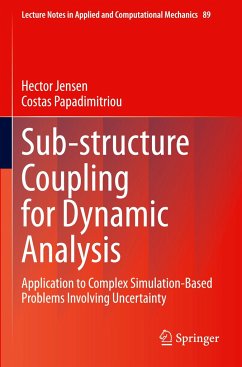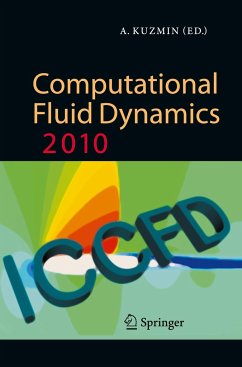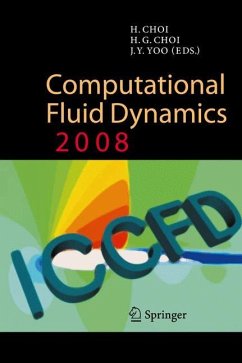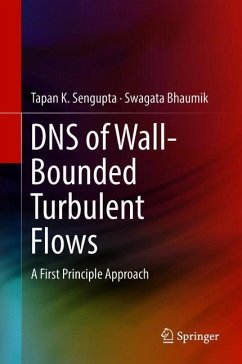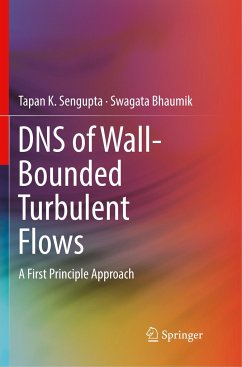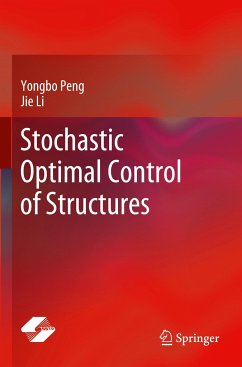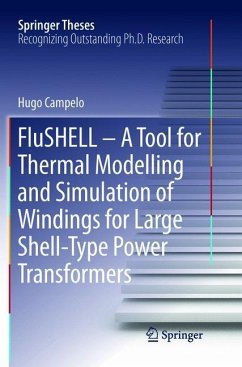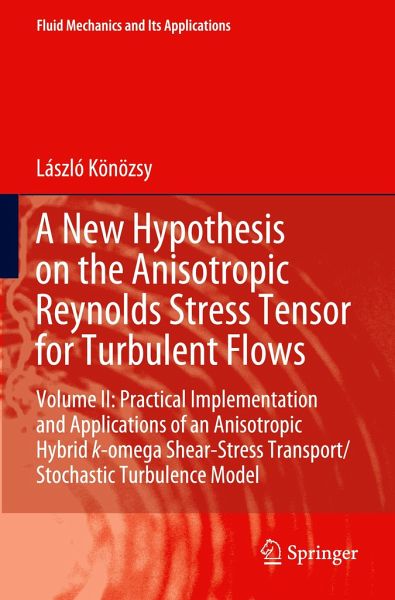
A New Hypothesis on the Anisotropic Reynolds Stress Tensor for Turbulent Flows
Volume II: Practical Implementation and Applications of an Anisotropic Hybrid k-omega Shear-Stress Transport/Stochastic Turbulence Model
Versandkostenfrei!
Versandfertig in 6-10 Tagen
106,99 €
inkl. MwSt.
Weitere Ausgaben:

PAYBACK Punkte
53 °P sammeln!
This self-contained, interdisciplinary book encompasses mathematics, physics, computer programming, analytical solutions and numerical modelling, industrial computational fluid dynamics (CFD), academic benchmark problems and engineering applications in conjunction with the research field of anisotropic turbulence. It focuses on theoretical approaches, computational examples and numerical simulations to demonstrate the strength of a new hypothesis and anisotropic turbulence modelling approach for academic benchmark problems and industrially relevant engineering applications. This book contains ...
This self-contained, interdisciplinary book encompasses mathematics, physics, computer programming, analytical solutions and numerical modelling, industrial computational fluid dynamics (CFD), academic benchmark problems and engineering applications in conjunction with the research field of anisotropic turbulence. It focuses on theoretical approaches, computational examples and numerical simulations to demonstrate the strength of a new hypothesis and anisotropic turbulence modelling approach for academic benchmark problems and industrially relevant engineering applications. This book contains MATLAB codes, and C programming language based User-Defined Function (UDF) codes which can be compiled in the ANSYS-FLUENT environment. The computer codes help to understand and use efficiently a new concept which can also be implemented in any other software packages. The simulation results are compared to classical analytical solutions and experimental data taken from the literature. A particular attention is paid to how to obtain accurate results within a reasonable computational time for wide range of benchmark problems. The provided examples and programming techniques help graduate and postgraduate students, engineers and researchers to further develop their technical skills and knowledge.



